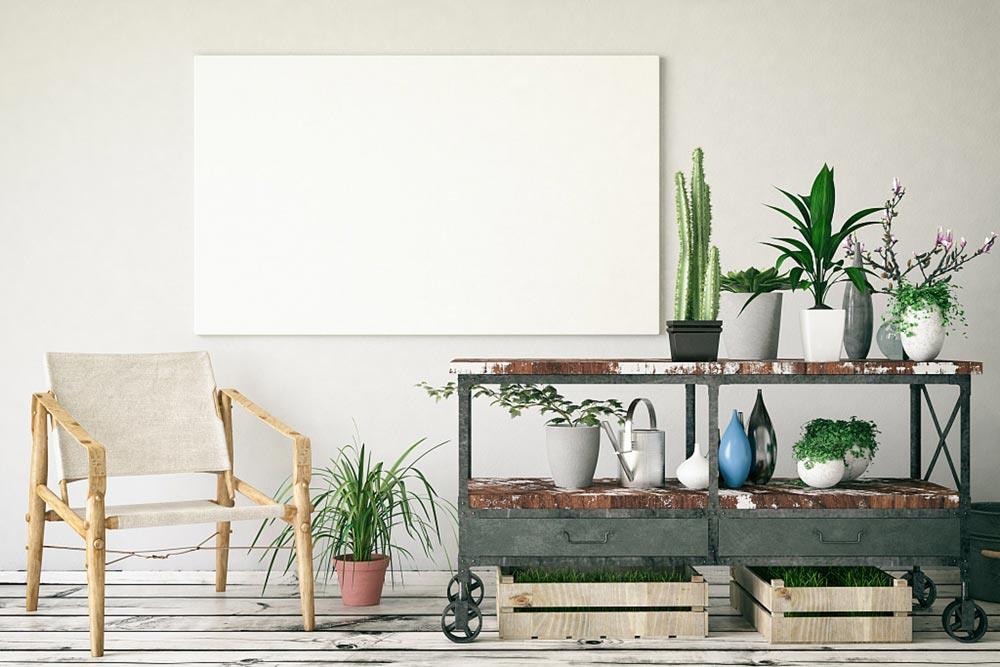How to grow purple-backed arrowroot
Last Update :2024.12.17
Article Catalog
3. Problem diagnosis and treatment
It grows more vigorously in an environment of 20 to 30 degrees. The requirements for sunlight are not high, and it is best to place it in a semi-shady place. It likes moisture very much, so it needs to be replenished with moisture in time, and the substrate should not be allowed to dry out too much. There is not much need for fertilizer. In addition to base fertilizer, top dressing can be done once or twice a month.

1. Maintenance methods
1. Maintenance methods
1. Temperature: It is mainly distributed in the south, which shows that it has relatively strict temperature requirements. Generally speaking, it grows more vigorously in an environment of 20 to 30 degrees. It has relatively good heat resistance and generally does not need to be adjusted in summer. It is slightly cold tolerant, but not very good. Try not to go below five degrees during winter.

2. Light: It is a plant that does not like strong light Plants do not have high requirements for sunlight. Generally speaking, it is best to place it in a semi-shady place so that it can carry out photosynthesis without letting too strong light burn its leaves. In summer, it must be shaded.

3. Watering: Purple-backed arrowroot likes moisture very much , and it is not drought tolerant and will generally grow in humid places. If it is a potted plant, it is necessary to add water in time and do not let the substrate get too dry. During the summer, you have to spray some water in time.

4. Fertilization: It does not require much fertilizer. . In addition to the base fertilizer in the soil, top dressing can be done once or twice a month, using liquid fertilizer.

2. Breeding skills
1 , Propagation: The method of division can be used. A strong, vigorous plant can be divided once a year or two. It is best to breed when the temperature rises above fifteen degrees. Remove the mother plant from its pot and divide it into sections starting from the underground roots. Then, plant them separately in containers and place them in a shady place.

2. Repot: try to do it once a year, because Purple-backed arrowroot has relatively strict requirements on the substrate. It can be prepared with leaf mold soil, garden soil, and river sand, and then mixed with a certain amount of base fertilizer. When repotting, if you find any rotten roots, you can cut them off.

3. Problem diagnosis and treatment
1 , Diseases: The main diseases are targeted at leaves, such as "leaf spot", "leaf blight", etc. It is best to carry out timely treatment at the early stage. Bordeaux mixture can be used, and it will be cured after about two or three times.

2. Pests: mainly "scale insects". In conditions with very poor ventilation, they appear very easily and multiply quickly. Fenitrothion can be used to control it.

4. Other questions
1 , Toxicity: It is not poisonous and can be raised with confidence.

2. Can it be grown at home: It is a It is a good foliage plant, very solemn and elegant, and is suitable for indoor use.
How to make bear boy’s paws red, and how to keep red paws fleshy

The method to make the bear's paws red is actually very simple. The bear likes to ...
Can orchids be placed in the living room, and how to grow them indoors?

Orchids can be grown in the living room. Because it is non-toxic, it will not affe...
